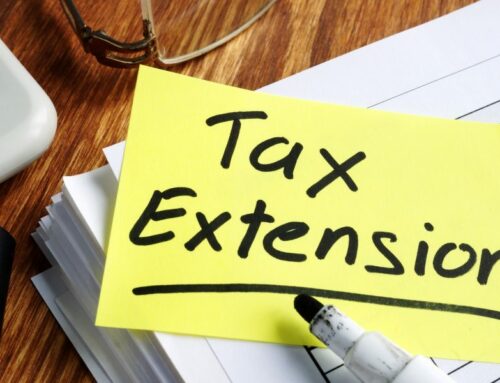In recent years, the gig economy has changed how people do business and provide services. Taxpayers must report their gig economy earnings on a tax return – whether they earned that money through a part-time, temporary or side gig. The IRS Gig Economy Tax Center provides information and resources to help this group of entrepreneurs and workers understand and meet their federal tax obligations.
Here are key things for individuals involved in the gig economy to remember as they get ready to file in 2023.
Gig economy income is taxable
- Taxpayers must report all income on their tax return unless excluded by law, whether they receive an information return such as a 1099 or not.
- Individuals involved in the gig economy may also be required to make quarterly estimated tax payments to pay income tax and self-employment tax, which includes Social Security and Medicare taxes. The last estimated tax payment for 2022 is due January 17, 2023.
Workers report income according to their worker classification
Gig economy workers who perform services, such as driving a car for booked rides, running errands and other on demand work, must be correctly classified. Classification helps the taxpayer determine how to properly report their income.
- If they are employees, they report their wages from the Form W-2, Wage and Tax Statement.
- If they are an independent contractor, they report their income on a Schedule C (Form 1040), Profit or Loss from Business (Sole Proprietorship).
The business or the platform determines whether the individual providing the services is an employee or independent contractor. The business owners can use the worker classification page on IRS.gov for guidance on properly classifying employees and independent contractors.
Expenses related to gig economy income may be deductible
Individuals involved in the gig economy may be able to deduct expenses related to their gig income, depending on tax limits and rules.
- Taxpayers may be able to lower the amount of tax they owe by deducting certain expenses.
- It is important for taxpayers to keep records of their business expenses.
Pay the right amount of taxes throughout the year
An employer typically withholds income taxes from their employees’ pay to help cover taxes their employees owe.
Individuals involved in the gig economy have two ways to cover their taxes due:
- If they have another job where they are considered an employee, they can submit a new Form W-4, Employee’s Withholding Certificate to their employer to have more taxes withheld from their paycheck to cover the tax owed from their gig economy activity.
- They can make quarterly estimated tax payments throughout the year.







